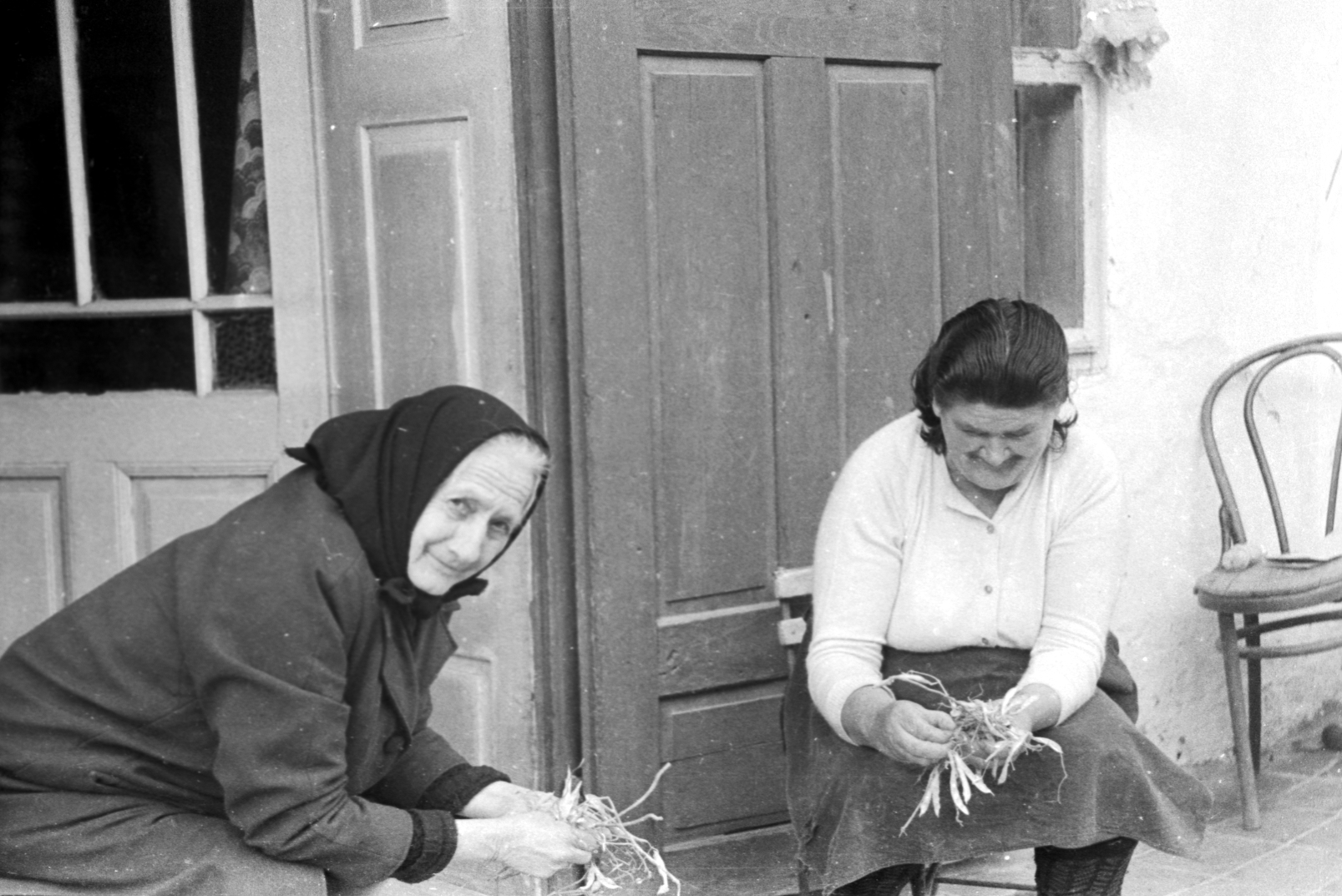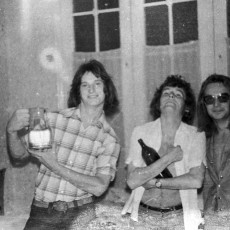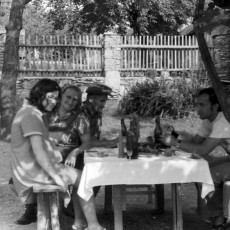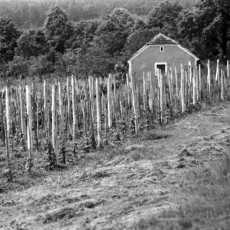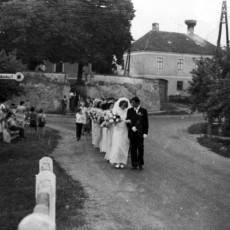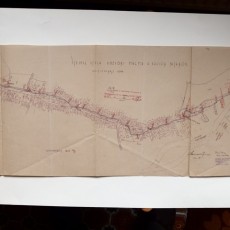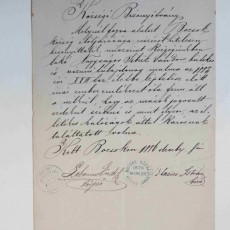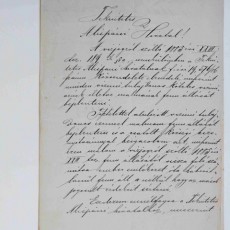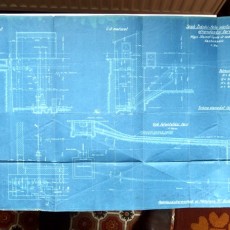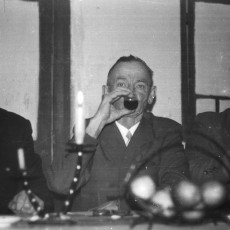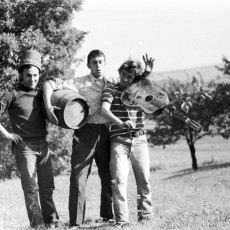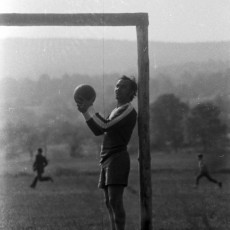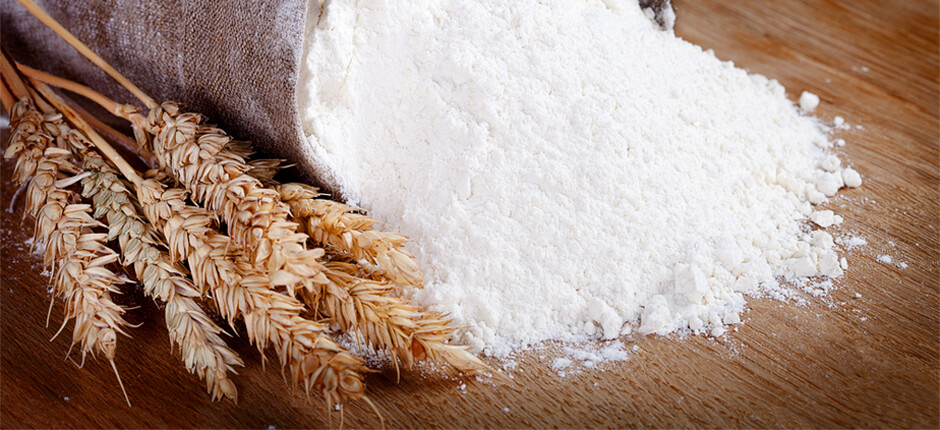The history of the the Mill House (Malomporta)
A long time ago, local farmers could have their grains ground at two mills by the stream in Bozsok. Nowadays the only reminder of this time is the building of the upper mill of Bozsok, which currently houses the Mill Croft. The other mill was pulled down in the previous century.
In the second part of the 19th century, the upper mill belonged to the Sibrik estate. It was let by the owner, Sándor Sibrik. Sándor Sibrik also received a judicial certificate in 1879 stating that the mill “has been there since time immemorial”.
Later, when Dr. Gyula Végh, the director of the Museum of Applied Arts in Budapest bought the castle and the park from the Sibrik family in 1905, the mill was not transferred to him. After 1920, photographs of the mill show the name “the Steindl mill”.
The Steindl family was famous for the several water mills they had built in the area, and they were related to Imre Steindl, architect of the Parliament building. The upper mill in Bozsok was renovated by the Steindl family and the latest technological developments were introduced, e.g. the Bánki turbine – it meant that it was no longer an overshot wooden wheel that drove the axis and did the grinding, but nozzles and blades were used instead of spoon-shaped paddles.
The center of the runner in the Bánki turbine is open and the blades are arched, unlike the straight blades of the traditional water wheel, so it is like a water wheel with a hole.
After the modernization the mill in Bozsok operated for decades, then in 1965 the owners surrendered their water rights licence.
The mill was always much more than a place to grind grains: as farmers usually waited here until their grains were ground, the mill was as much of a community space in the village as the pub. The miller was pleased to hear the stories the farmers coming here had to tell, he poured them some house wine and his wife served fresh, oven-baked savoury scones. This is why it was clear for us when we decided to bring life back to the old mill 7 years ago, that we wanted the Mill Croft to become a community venue again, with traditional and cultural programmes, and also a place where several families can stay and everyone can have their own nook.
During the renovations we strived to keep as much of the traditional structure of the mill as possible, while modernizing it completely, to stop the walls from wetting for example. This was caused by the many small springs under the building that continuously wet the foundations. These were properly led to the local stream. During the renovation several old millstones were found and these were built into clearly visible places to commemorate the original function of the building. It was an exciting moment when we found an old registration plate from East Germany in the attic – this again shows how exciting the history of the building is, due to the proximity of the former Iron Curtain
The clear and fresh stream in front of the mill, which has been fed by two springs in Bozsok since the dawn of time, has also been tidied up, and now the buildings of the Mill Croft are safe, even when the stream floods. One spring is mainly used for watering plants and animals, while the one at the Mill Croft is really clear, naturally fresh certified drinking water. The spring, is on the plot of the Mill Croft, but it is accessible to everyone: locals and tourists often have a drink here and fill their bottles. The surroundings of the spring water outlet pipe were nicely rebuilt during the renovation of the mill, to suit the style of the Mill: there is a millstone around the pipe; the water flows to the bottom of a grindstone and than further to the Bozsok stream.
The apartments at the Mill Croft bear the names of crafts related to mills and grinding to express our respect towards this beautiful craft, which has used the forces of nature in a gentle way and has provided the most important ingredient of the bread on our table for centuries: flour.
